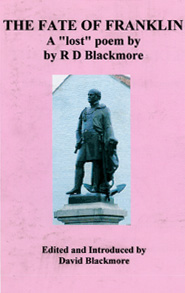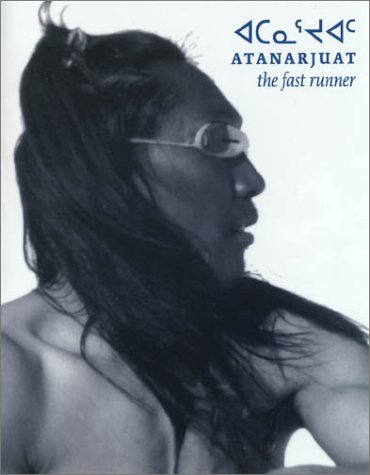
Reviews in Brief

The mid-nineteenth century's fascination with the mystery surrounding Sir John Franklin's lost Arctic expedition cut across every field of human endeavor -- music, drama, poetry, fiction, the visual arts, and sculpture. Two of these are linked in R.D. Blackmore's mini-epic poem, "The Fate of Franklin," written to help raise funds for the Franklin statue in Spilsby, which is here made available for the first time in more than a century by one of his descendents, David Blackmore. Blackmore was not the first -- nor, alas, the best -- to pen an elegiac tribute to the late lamented navigator -- Tennyson and Swinburne were there before him -- but precisely because this poem is so much "of its time," it gives the modern reader tremendous insight into how Franklin was viewed by his contemporaries, particularly after the grim news brought back in 1859 by M'Clintock. David Blackmore has been publishing his ancestor's lesser-known works for some time, and for this text has provided an admirable array of apparati: an introduction, notes, maps, illustrations, and a fairly detailed account of Franklin's final expedition. Copies may be obtained from him at blackmore@virtual-chester.com.
RP

The first Inuit-written, Inuit-directed, and Inuit-cast film in history, Atanarjuat has reaped a well-deserved range of laurels, including the prestigious Camera d'Or from the Cannes Film Festival. The film was wildly received by critics -- few other recent films have earned comparisons with Homer and Shakespeare in the same sentence -- but I suspect that most of them had very little idea just how and why this film was made, and whether it did or didn't accurately represent traditional Inuit culture. This book, produced to accompany the film, should be required reading for all of them -- though of course, still more historical context would be welcome beyond it. This beautifully-produced volume is an excellent beginning, however; it contains several introductory pieces on the genesis and production of the film, a complete screenplay in both Inuktitut syllabics and English, and an excellent essay on the role of shamanism in Inuit culture. To top it all off, the book opens with words of praise from no less a figure than Claude LÚvi-Strauss!
It has a few shortcomings: First, the screenplay is not the final shooting script, so those wishing to follow the film will have to hop about a bit, and will wonder where some of the dialog has gone. Secondly, the only map of the Igloolik area is a detail map, but in a world where only one in ten people one meets have even heard of Nunavut, a larger regional map would have been welcome as well. Some of the illustrations are reproduced in too small a format to be very helpful, and there's not much on the contemporary lives of the remarkably strong Inuit cast. Nevertheless, the large format, excellent production stills and frames, and personal perspectives from the writers and director will add considerably to the appreciation felt by so many viewers of this singular film.
RP